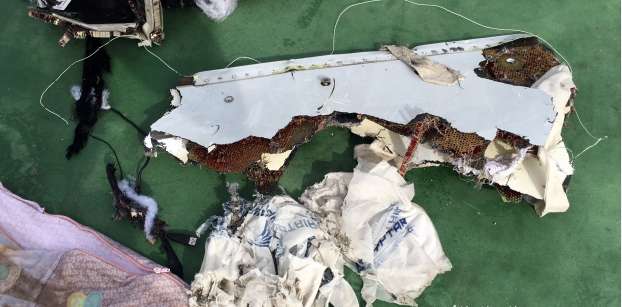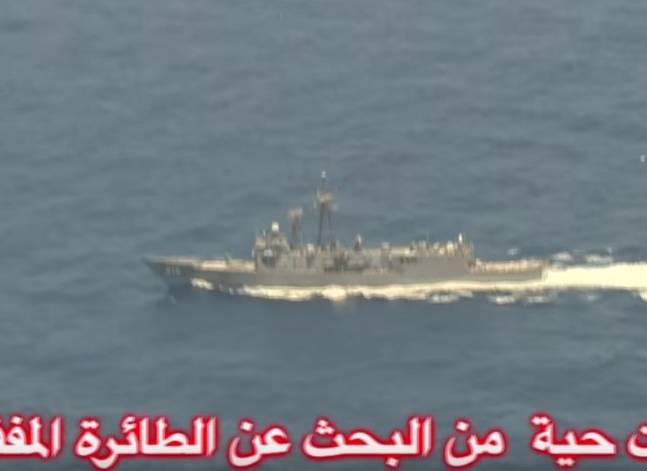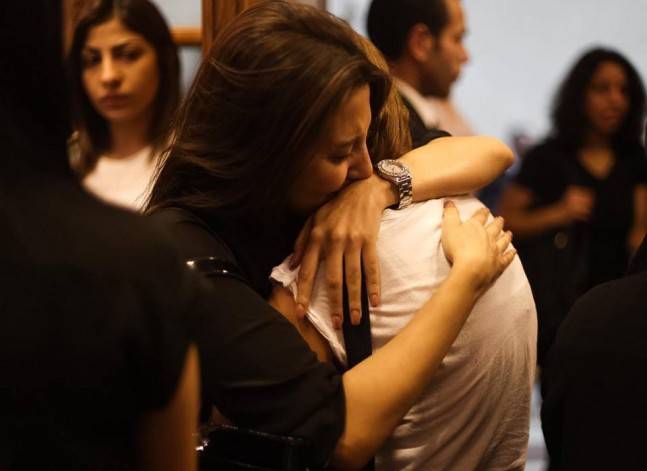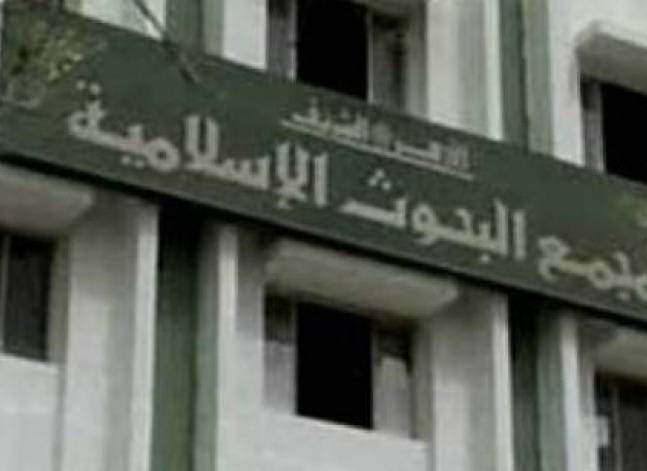Latest NEWS
- Aswat Masriya, the last word
- Roundup of Egypt's press headlines on March 15, 2017
- Roundup of Egypt's press headlines on March 14, 2017
- Former Egyptian President Hosni Mubarak to be released: lawyer
- Roundup of Egypt's press headlines on March 13, 2017
- Egypt's capital set to grow by half a million in 2017
- Egypt's wheat reserves to double with start of harvest -supply min
- Roundup of Egypt's press headlines on March 12, 2017
Investigation committee to examine debris pieces from EgyptAir jet - sources
Handout photo released by Egypt's military on May 22, 2016 shows debris of the EgyptAir jet that plunged into the Mediterranean Sea on May 19, 2016.
CAIRO, May 29 (Aswat Masriya) - The Egypt-led committee tasked with the investigation into the crash of the EgyptAir flight earlier in May started examining pieces of debris from the plane and pictures taken by Greek radars, according to sources close to the committee.
Egypt’s flag-carrier airline announced on May 19 that its Airbus A320-232 vanished off the radar 16 km (10 miles) into Egyptian airspace as it was crossing the Mediterranean Sea en route from Paris to Cairo.
The 12-year-old airliner had 56 passengers on board – 30 Egyptians, 15 French nationals, two Iraqi nationals, a British national, a Saudi national, a Portuguese national, a Belgian, a Kuwaiti, a Chadian, an Algerian, and a Canadian. It also had a 10-member crew.
Almost 10 days after the plane plunged into the Mediterranean, the cause behind the crash remains unknown. The plane’s black boxes, pieces of equipment that record details about a flight and help pinpoint the cause of a crash, are yet to be retrieved.
Egyptian naval forces are searching for the plane’s debris at sea, along with Greek, French and U.S. naval vessels.
Sources told Aswat Masriya that a team of French investigators will continue their work with Egyptian investigators to examine all available information related to the incident.
France is taking part in the investigation because it is the country with the second-most largest numbers of passengers on board the flight.
A ship belonging to the Mauritius-based company Deep Ocean Search will arrive this week at the area where the plane is believed to have crashed to join another ship from the French company ALSEAMAR in the context of efforts to search for the black boxes.
The Egyptian government announced last week that it contracted ALSEAMAR, which specializes in marine wreckage searches, to search for the debris in the sea.
According to Reuters, the black boxes are believed to be lying in up to 3,000 meters of water, on the edge of the range for hearing and locating signals emitted by the boxes.















